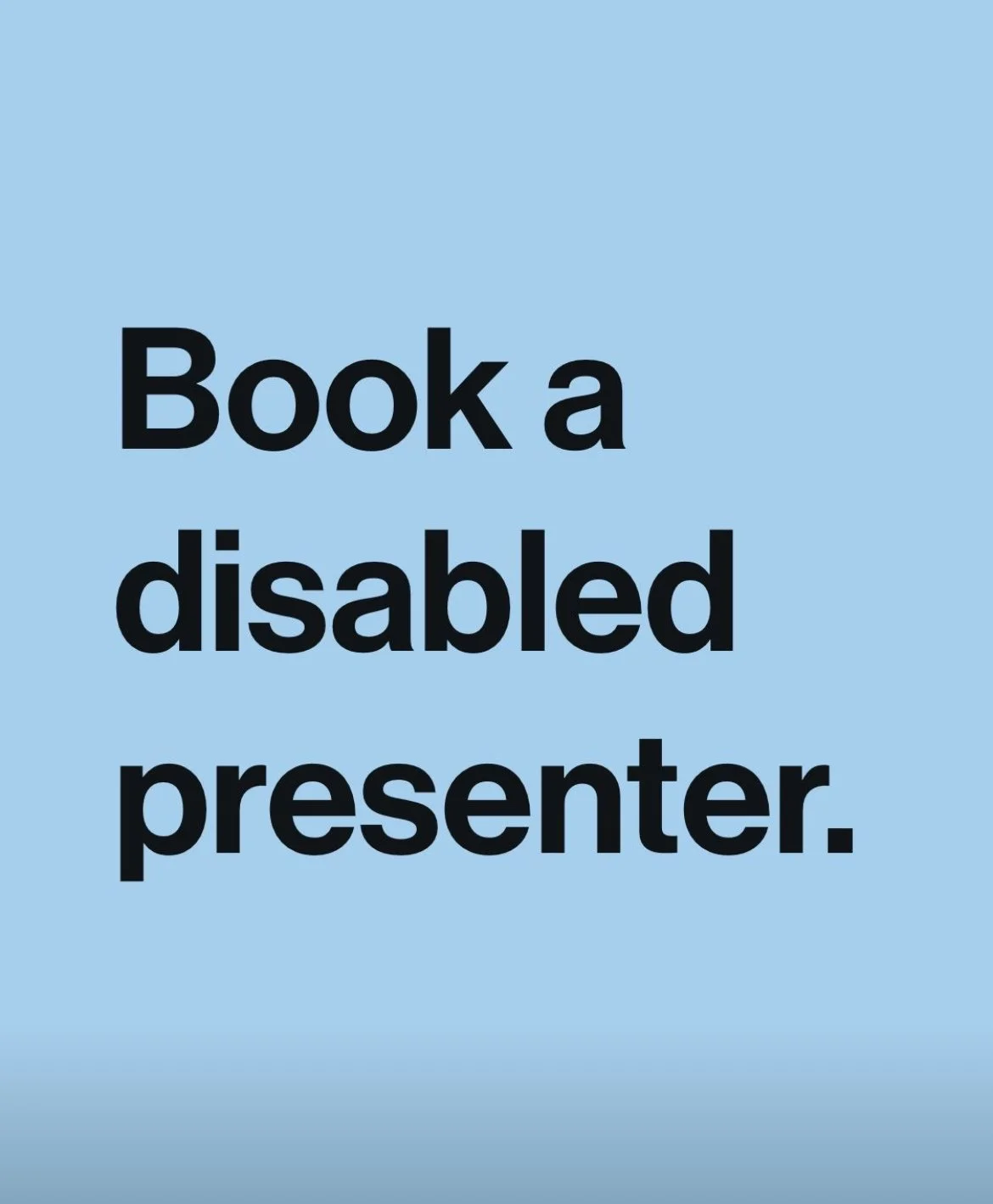👋 Welcome to the November edition of The Latest, which is — as we enter the season of gratitude — beyond blessed to have this community. Thank you. 🫶
This month’s newsletter is 758 words — a 4-5 minute read.
🥰 Striving To Be Our Best Selves
Duane Mayes is a longtime colleague and friend. Now, he’s also one of my favorite keynote speakers.
-
Here are my five takeaways from his recent keynote at the Southeast Regional Institute on Deafness 2023 conference.
All of us are facing more challenges than ever. Having people like Duane give us concrete examples of how to stay strong, open, and compassionate is more necessary than ever.
📣 The Main Takeaway: When to Click “Send” (Or, How Resisting the Snark Helped Me Find Some Grace)
My finger hovered over the “send” button on that LinkedIn response. I usually only post positive comments or add resources and insights. Very rarely do I directly critique what someone has said.
This post was from a very highly known and widely followed creator (over 100,000 followers) who was advocating for sending videos via DM to connect with people.
Seems fair. Certainly, it is a way to stand out from the crowd. But here’s what made me stop in my post-skimming tracks.
-
“Just sent it as it is. Organic. Do not add captions.”
Oh boy. If someone sent me a video of themselves without captions, I would have to respond with “hey, this isn’t captioned” — then the back and forth and feeling like the high maintenance connection nobody wants to deal with.
-
I felt called to say something. But what?
It was an obvious response coming from me — I post about accessibility about social media, on social media, on a regular basis. If not me, who?
I knew what to say, but how do I say it in a way that didn’t ignite the fury of the social media trolls?
My first version: “No captions? Really?!” Okay. maybe don’t lead with sarcasm.
-
I hit the backspace and tried again.
Instead, I replied: “A gentle nudge that captions make your videos accessible for people who are deaf or hard of hearing.”
Gulp. That should be kind and inviting enough, directly stating a fact and not pointing out that they were advocating explicitly to skip this step.
-
Within minutes… a response from the author.
“Dr. Stephanie Cawthon, such a beautiful nudge. Thank you for this!!!”
And that quickly followed up with a reply from someone I don’t know, a pro golfer from Oklahoma, with a totally relevant and expansive statistic: “It is reported that 80% of video viewers watch on mute.”
Then, a ping from my inbox from the author: “Thanks so much for that comment.”
I replied honestly: “I was nervous about that.”
-
His immediate answer: “I was thankful! Those are the comments we need, making us all better!”
Wow, okay. I thought this was a chance to go a bit deeper: “Smile. I spend most of my life begging for captions, so I was not sure how to respond!” Author: “It was perfect.”
Then, more back and forth as we exchanged ideas on current technology for selfie videos, AI, auto-captions, and the like. I expanded on the challenges of “autocraptions,” hope for the future, and where we are and aren’t with access and videos.
Not rage-clicking “send” was a chance for grace and growth — for both of us.
🌀 ICYMI: The Wrap-Up
-
My entire career has led up to this. I am busier than ever with the launch of the National Disability Center for Student Success, but I’ve never been more proud or pleased. (Plus, have you seen our meaning-filled logo?)
-
An asterisk can mean a lot. Last month, we published the 2022* Model State Plan for Vocational Rehabilitation Services for Deaf People, an updated version of the comprehensive guide for vocational rehabilitation agencies in all 50 states. The asterisk after the “2022” means my team and I verified over 500 hyperlinks throughout the 111-page report and replaced the ones that were broken after updates to government-funded websites.
-
I hate inspirational videos. But I’m really glad I helped produce this one.
-
The kids aren’t OK. Don’t miss My Deaf Tween and Our Search for a Sense of Belonging by Cassie Franklin, about her daughter’s invisible backpack, identity-building, and the intolerable toll on the whole family. (And stay tuned for a very special guest blogger in December!)
-
Connecting the dots. ASHE 2023 was this week, and I’m thrilled our research on accessibility on campus was part of the discussion about research in higher education.
🎤 And Finally…
Living with disabilities is a daily master class in perseverance and problem-solving. Disabled colleagues and leaders are an untapped goldmine of talent and assets for you and your organization — as speakers, consultants, employees, and colleagues.
[Image description: The words “Book a disabled presenter.” in a black font on a light blue background.]

